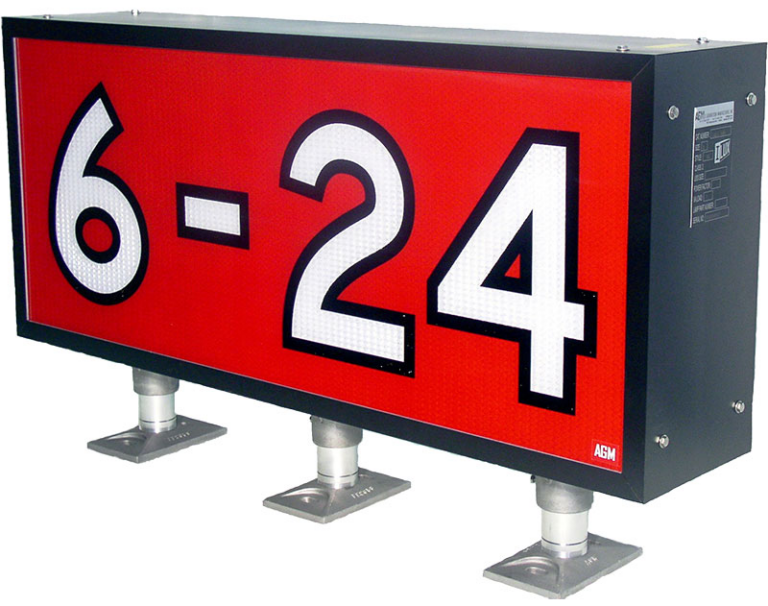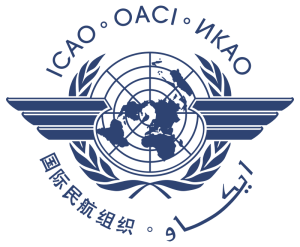

You can still purchase the same AGM airport signs you’ve come to know and trust, and enjoy an exceptional customer service and product support experience unmatched in our industry.
Press the button to start shopping now!
Airport Lighting Company
108 Fairgrounds Drive
Manlius, NY 13104
(315) 682-6460



© 2024 Airport Lighting Company
